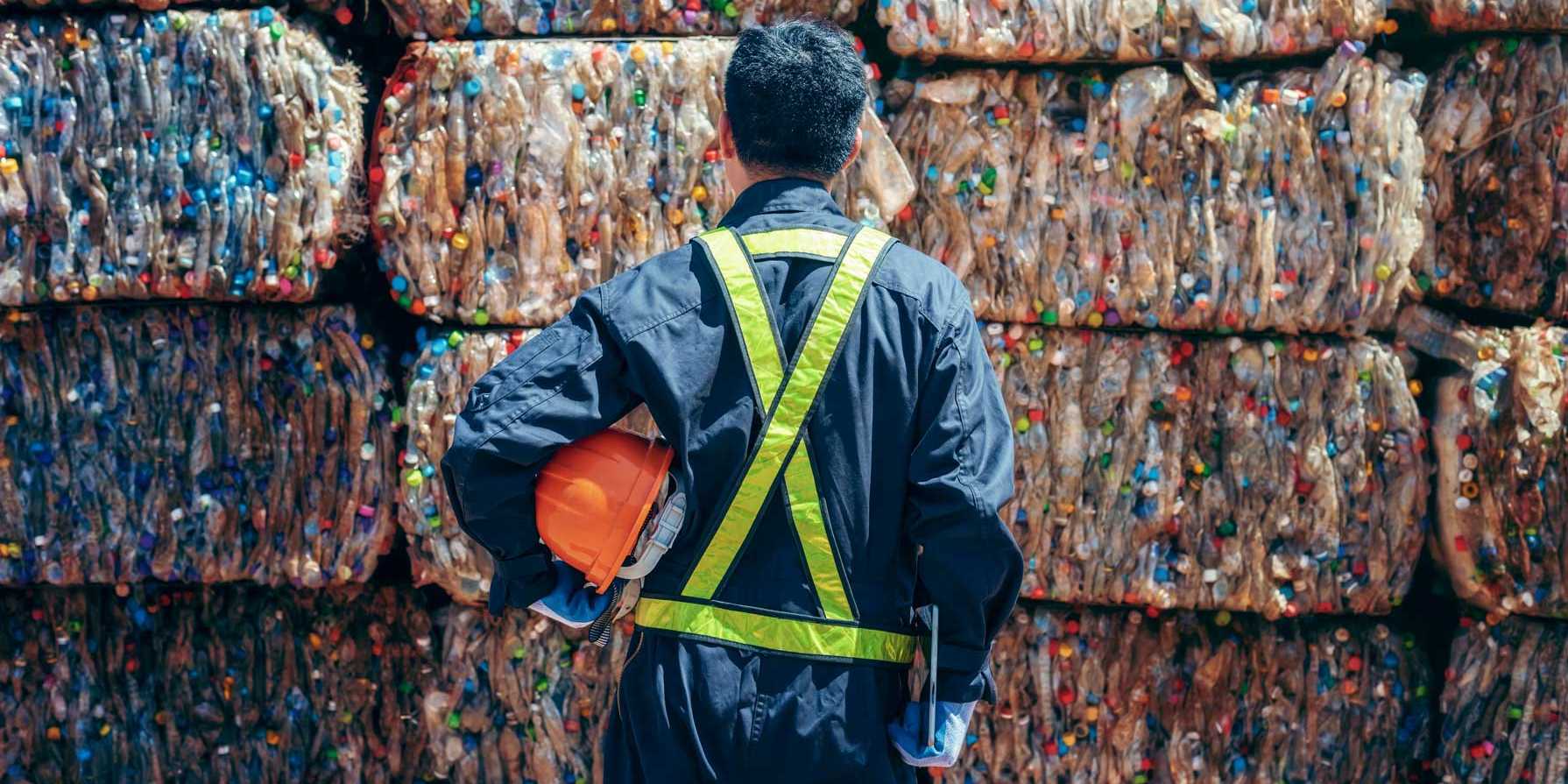Plastic Packaging: one problem, different approaches
Extended Producer Responsibility (EPR) is a policy principle that shifts the burden of waste management from local authorities to producers. Yet, a study by Jakob Pruess suggests that EPR is much more than just an upstream shift of product take-back schemes. Comparative analyses should reflect the heterogeneity of EPR design, he argues, based on a statistical analysis of 25 European countries.

UN member states are currently discussing a new global treaty to end plastic pollution. As governments seek to define key elements of the treaty and develop a draft legal text, EPR is one of the key provisions to be included to ensure circularity. EPR is also an essential part of the European Green Deal as a mechanism to increase resource efficiency and circular product design.
EPR holds producers responsible for the entire life cycle of their products, including their post-consumer stage. Traditionally, producers have only been accountable for the manufacturing and distribution of their products, but EPR extends this responsibility to include the management and disposal of the products at the end of their useful life. Producers are encouraged to adopt cleaner production processes and reduce the environmental impact of their products.

“The complexity of EPR design and enforcement calls for overall regulatory flexibility, modifiability, and the political will to do so.”Jakob Pruess
Yet, the design and implementation of EPR systems vary across countries, and current cross-country comparisons lack systematization and complexity. To address this, the study examines the components and interdependencies of EPR through a developmental approach, analyzing EPR designs in 25 European countries.
First cluster mapping of EPR systems for plastic packaging
Cluster analysis yields insights into similarities and differences between EU countries that advance existing EPR country groupings through a high level of detail. For example, while EPR system scope aligns at the EU level, specific instrument types are becoming more varied. Cluster variations allow policymakers to position countries within a detailed landscape of EPR design, helping to track progress, suggest policy adjustments, or target funds. Ultimately, the clusterings are foundational for further causal analysis of the environmental and economic performance of EPR.
EPR design feature combinations can be path-dependent
Some patterns are consistent across various levels of EPR design. That is, some design feature choices appear to strongly influence others in hierarchical dependencies. For example, the decision whether Producer Responsibility Organizations (PRO) are centralized, non-profit or competitive, for-profit entities strongly influence whether producers assume just financial or also operational responsibility of waste management services.
First-mover dynamics and geographic proximity likely influenced existing landscapes of EPR
EPR systems became more diverse and fine-grained over time. Consequently, not only entire systems were copied as "packages", but also specific design features such as market structure, deposit refund schemes, or eco-modulation. The country clusters in the figure below mirror the geographic divide of design features. Nordic EU countries dominate the "outlier cluster", Eastern EU countries dominate the "oligopoly cluster", and Western EU countries dominate the "monopoly cluster". Not surprisingly, Estonia and France, the two countries with the greatest design differences, are geographically located at two different ends of the EU.
About the author
Jakob Pruess is a PhD Candidate in the Environmental Policy Group and a Visiting Scholar at Cambridge University. His research revolves around circular economy policy and sustainable supply chains.
Reference
Pruess JT: Unraveling the complexity of extended producer responsibility policy mix design, implementation, and transfer dynamics in the European Union, Journal of Industrial Ecology, 22 August 2023, doi: external page 10.1111/jiec.13429